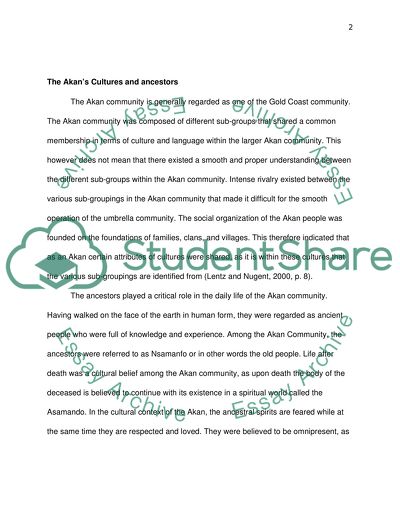Cite this document
(“Ancestral Veneration of the Akan Community Essay”, n.d.)
Retrieved from https://studentshare.org/history/1416971-ancestral-veneration-of-the-akan-community
Retrieved from https://studentshare.org/history/1416971-ancestral-veneration-of-the-akan-community
(Ancestral Veneration of the Akan Community Essay)
https://studentshare.org/history/1416971-ancestral-veneration-of-the-akan-community.
https://studentshare.org/history/1416971-ancestral-veneration-of-the-akan-community.
“Ancestral Veneration of the Akan Community Essay”, n.d. https://studentshare.org/history/1416971-ancestral-veneration-of-the-akan-community.


